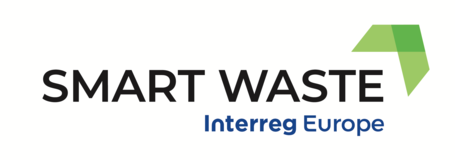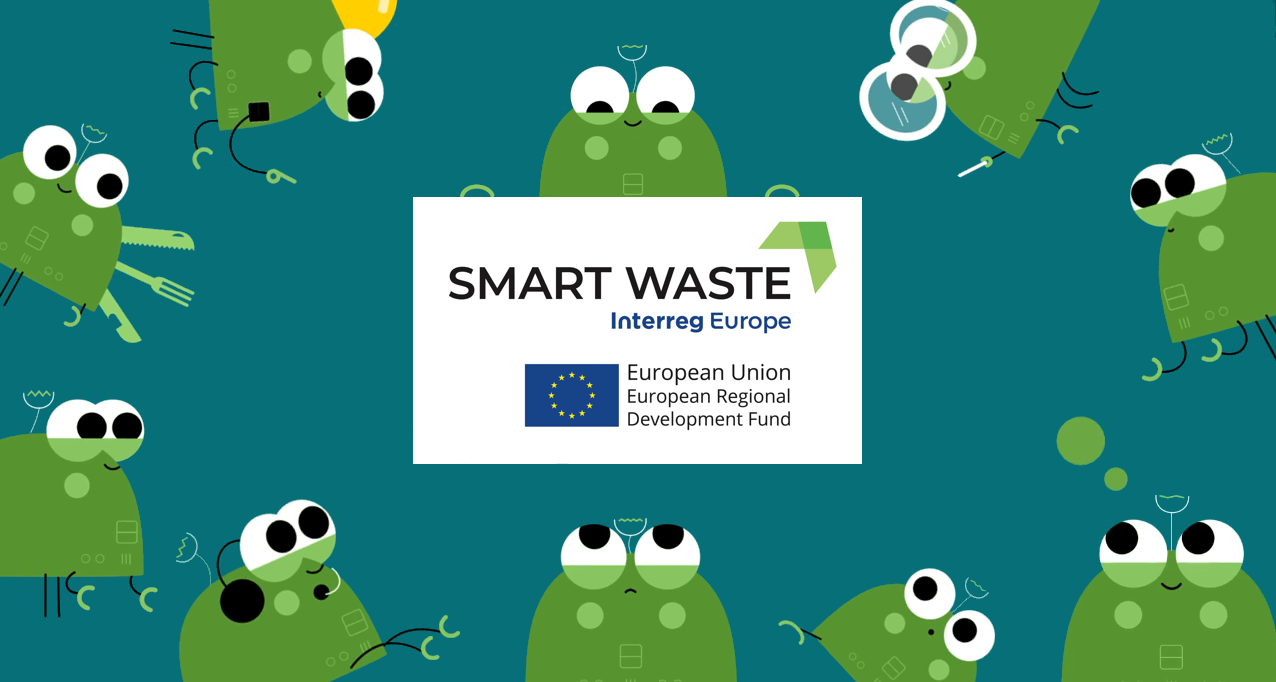The EU needs clear policy objectives to achieve a carbon-neutral, environmentally sustainable, toxic-free and fully circular economy by 2050 at the latest, say MEPs.
The Committee on Environment, Public Health and Food Safety of the European Parliament adopted its report on the new EU Circular Economy Action Plan, with 66 votes in favour, 6 against and 7 abstentions.
Circular economy principles
MEPs emphasise that the current linear “take-make-dispose” economy must be transformed into a truly circular economy, based on a series of key principles such as preventing waste and reducing energy and resource use. Products should be designed in a way that reduces waste, harmful substances and pollution, and protects human health. The consumer benefits of a circular economy should be made clear, they say.
Binding targets and indicators
MEPs call for science-based binding 2030 EU targets for materials use and consumption footprint, covering the whole lifecycle of each product category placed on the EU market. To this end, they urge the Commission to introduce in 2021 harmonised, comparable and uniform circularity indicators for material and consumption footprints.
The Environment Committee also calls on the Commission to propose product-specific and/or sector-specific binding targets for recycled content, while ensuring the performance and safety of the products concerned and that they are designed to be recycled.
Sustainable product policy
MEPs strongly endorse the Commission’s intention to broaden the scope of the Ecodesign Directive to include non-energy-related products. They insist that new legislation should be put forward in 2021. This should set horizontal sustainability principles and product-specific standards so that products placed on the EU market perform well, are durable, reusable, can be easily repaired, are not toxic, can be upgraded and recycled, contain recycled content, and are resource- and energy-efficient.













